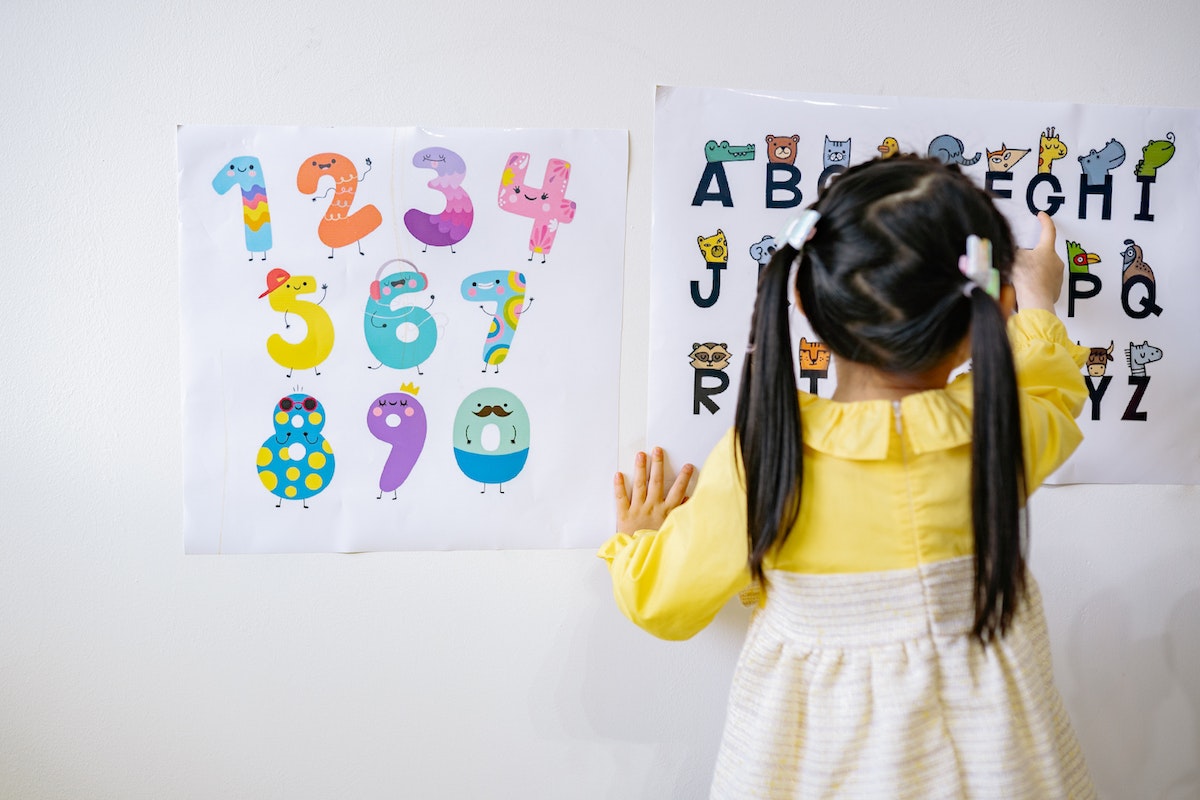The role that language development and literacy play in our lives is significant. With our immersion in sound and language as infants, we begin to make associations with people and objects in the world around us. Every discovery opens up new doors of understanding and awareness that set the stage for joyful learning. Children who lack the resources and access to learning opportunities during their formative years often struggle with building a foundation for successful literacy as they grow. Children who are not developing fluency in early reading interventions are likely to struggle academically through adulthood. Studies performed by the Annie E. Casey Foundation revealed that students who don’t read proficiently by the end of their third-grade year are almost four times more likely to leave school without a diploma than those students who have developed fluency and comprehension skills. Therefore, use these activities to improve children’s literacy.
Early Intervention is the Key To Success
Interventions and fluency techniques can be taught in the home from a very early age to ensure proper literacy foundations are put in place. It is not necessary to be a teacher or even highly trained in reading interventions to begin to instill a love of learning in children that will continue as they grow. Take these steps to ensure that children learn to develop a love of reading and learning that will lead to lasting success.
Talk and Communicate
Children are bombarded with auditory stimuli all day long. Outdoor sounds, televisions, music, household appliances, and other stimulation teach them about the world they see and experience with their senses. Adults are responsible for engaging children in productive and meaningful conversations that will help them make connections about what they experience. Modeling proper speech and communication will set the stage for natural language development, making it much easier for a child to learn to read and write.
Read Books
Reading ABC books to children is a simple and enjoyable activity that can be done even when they are infants. A mother’s voice is soothing and calming while authoritative; listening to speech patterns during storytime will help a child speak faster. Practicing activities such as sounding out words, following text with a finger, and identifying letters are all ways to make reading more purposeful and productive while at the same time sparking the imagination.
Choose texts that are developmentally appropriate for a child. Books with textures and brightly colored pictures cater to young children, while picture books with simple texts are ideal for developing readers. Choose topics and characters that are interesting to children as a means of drawing them further into the learning process.
Role Play
Creative, imaginative play is a large part of developing the imagination and inspiring a child to tell their own stories. Encouraging a child to play roles that they have seen, such as “doctor”, “superhero”, or “chef” will naturally spark a lively and engaging conversation that will allow a story to be written. Ask children to pay attention to the roles they see around them in real life and on television so they can learn to realize that they are also natural storytellers.
Sing
A child’s connections between music and literacy existed long before a book is even touched. Children first learn to distinguish and differentiate various types of music in the womb, and studies related to keeping a steady beat and reading musical notation and musical icons can contribute to developing literacy skills as well. Sing songs with movement and establish a steady beat by clapping or tapping to help develop rhythmic proficiency; these skills will quickly translate to and enhance developing reading skills as children learn about pacing, following text, and syntax.
Use Manipulatives
The use of manipulatives provides a way to learn reading in a hands-on, developmentally appropriate way. Most engaging for early learners, manipulatives help to increase engagement and excitement when learning to read and write proficiently. Try sculpting letters with playdough, and sounding out each letter by tracing its finished work. When telling a story, consider creating manipulatives that represent the main characters, and act out the story to add depth and enjoyment to the story itself.
Play Games that Incorporate Literacy Skill Concepts
Children learn best when immersed in interactive play. Introducing games and challenges that incorporate sounds, shapes, sight words, and other elements of literacy encourages children to have fun with the learning process. Even children who struggle with fluency can often let go of negative associations and immerse themselves in the task at hand, forgetting that concepts are “hard” or “challenging” for them. Before they know it, they’ve mastered a skill without the self-inflicted stress they placed upon learning a skill, and new pathways have been set up for positive associations with fluency.
Proficient readers are lifelong, passionate learners. Setting children up with the skills and tools they need to develop into proficient readers will be one of the most significant aspects of their learning process. Start children on this pathway when they are young, and soon they’ll take the initiative to create meaningful experiences that relate to literacy and learning.

